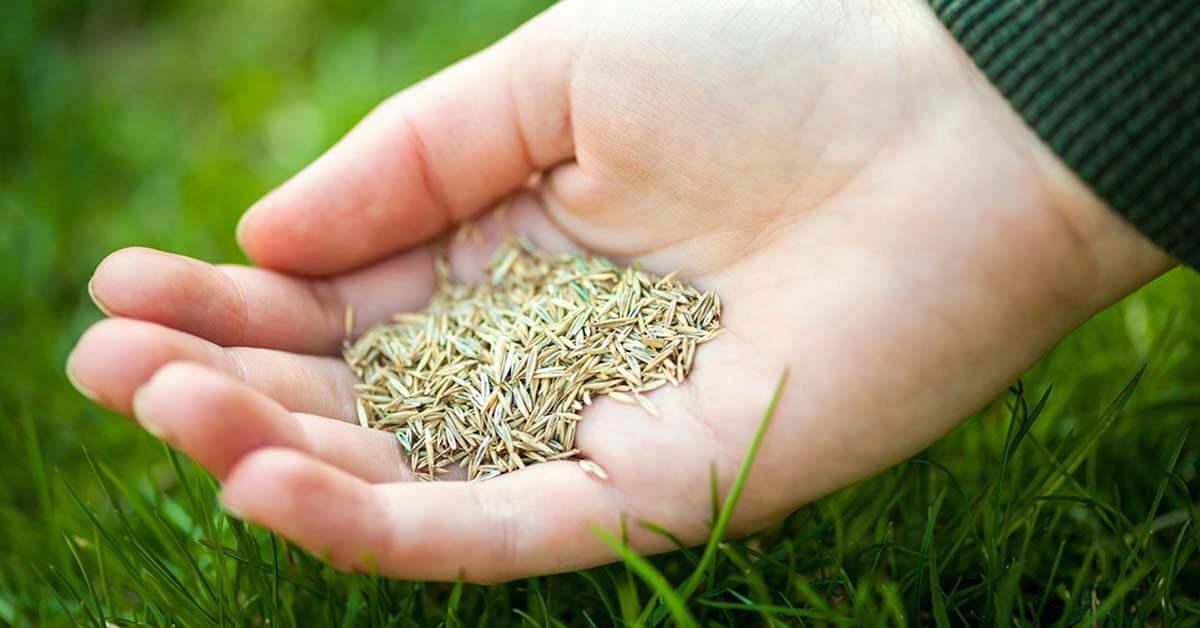There are varying degrees of lawn seeding that range from lawn establishment, total renovation, overseeding, and repairing bare spots. Laying sod is the choice if you want an 'instant lawn'.

Starting a new lawn | Lawn renovation and overseeding | Grass Seed | Sod
- Begin lawn establishment/renovation projects by soil testing.
- Late summer to early fall (mid-August to mid-October) is the recommended time for seeding cool-season grasses. Warm season grasses like zoysia are planted in late spring into summer and are usually starting with plugs, not seed.
- If autumn leaf drop is a concern, seeding should be done in August or early September.
- Growing grass in shade can be challenging. Consider planting a shade-loving groundcover instead.
- The second-best time for seeding is late February through early April. Seed planted at other times tends to fail, usually because of weed competition and weather.
- Divide the seed into two parts; apply one-half in one direction (north/south) and the remainder in the opposite direction (east/west). Sow seed in large areas with a lawn spreader.
- Seed-to-soil contact is essential. If overseeding, use a core aerator or a slit seeder before sowing seed.
- Turf type tall fescue is the recommended type of grass for sunny lawns in Maryland. Fine fescues are used on low-maintenance sites and for areas that receive less than 4 hours of direct sunlight. Refer to publication (PDF) TT 77 - Recommended Turfgrass Cultivars for Certified Sod and Professional Seed Mixtures for recommended turfgrass cultivars.
- Try to avoid mixes that contain perennial ryegrass but if that's not possible select the one with the lowest percentage. A mix that is 5-10% ryegrass is not a problem.
- Perennial ryegrass seed germinates quickly but is not a long-lived grass species in Maryland.
